Home>Furniture & Design>Bathroom Accessories>What Does An Exhaust Fan Do In The Kitchen
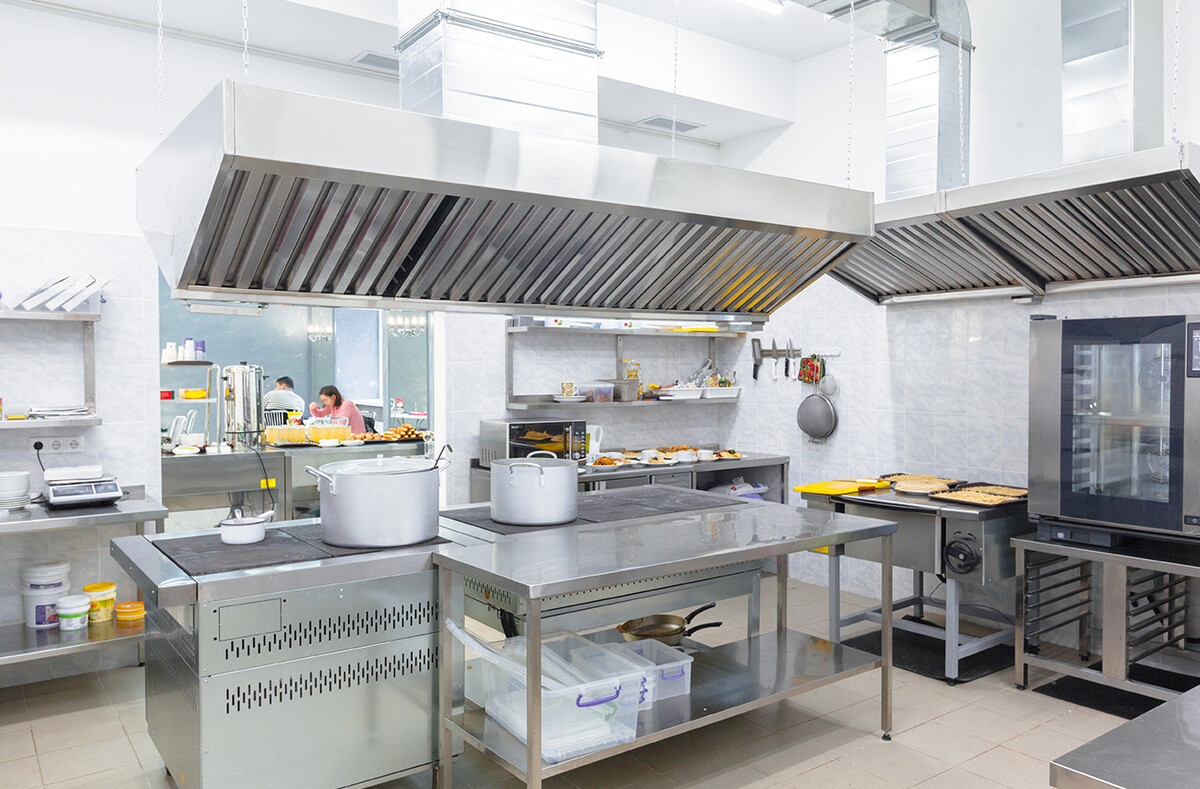

Bathroom Accessories
What Does An Exhaust Fan Do In The Kitchen
Modified: March 25, 2024
Learn how exhaust fans improve air quality and remove odors in your kitchen. Find the best bathroom accessories for your home.
(Many of the links in this article redirect to a specific reviewed product. Your purchase of these products through affiliate links helps to generate commission for Storables.com, at no extra cost. Learn more)
Introduction
The kitchen is often considered the heart of the home, where delicious meals are prepared, memories are made, and conversations flow. However, the process of cooking can also generate a significant amount of heat, steam, smoke, and odors. Without proper ventilation, these byproducts can linger in the air, leading to discomfort and potential health hazards. This is where an exhaust fan comes into play as an essential component of a well-functioning kitchen.
An exhaust fan, also known as a range hood or extractor fan, is a ventilation device designed to remove airborne pollutants, heat, and moisture from the kitchen environment. It serves as a crucial tool in maintaining air quality, controlling humidity levels, and preventing the buildup of cooking-related odors. By effectively expelling unwanted elements, an exhaust fan contributes to a more comfortable and healthier indoor atmosphere.
In addition to its practical functions, an exhaust fan can also be a stylish and visually appealing addition to the kitchen space. With a wide range of designs and finishes available, homeowners can choose an exhaust fan that complements their kitchen decor while reaping the benefits of improved air circulation and odor control.
As we delve deeper into the world of kitchen exhaust fans, it becomes evident that these devices play a pivotal role in enhancing the overall cooking experience. From promoting a cleaner and fresher environment to safeguarding the well-being of occupants, the significance of an exhaust fan cannot be overstated. In the following sections, we will explore the purpose, benefits, functionality, types, and maintenance tips related to exhaust fans, shedding light on their indispensable role in modern kitchens.
Key Takeaways:
- Exhaust fans in the kitchen help keep the air clean, control humidity, regulate temperature, and make cooking safer. They also come in different styles to match your kitchen’s look!
- By using an exhaust fan, you can enjoy cooking without worrying about odors, moisture, or harmful gases. Just remember to clean and maintain it for optimal performance!
Read more: What Does An Exhaust Fan Do In The Bathroom
Purpose of an Exhaust Fan
An exhaust fan serves a multifaceted purpose in the kitchen, addressing various challenges associated with cooking and food preparation. Its primary function is to remove airborne contaminants, such as smoke, grease, and cooking odors, from the cooking area. By doing so, it helps maintain a clean and fresh environment, preventing the accumulation of unwanted particles that can compromise indoor air quality.
Furthermore, an exhaust fan plays a crucial role in controlling humidity levels within the kitchen. When cooking, steam and moisture are released into the air, which can lead to condensation on surfaces and contribute to the growth of mold and mildew. The exhaust fan effectively expels this excess moisture, reducing the risk of structural damage and promoting a drier, more comfortable atmosphere.
In addition to improving air quality and managing humidity, an exhaust fan also aids in regulating the temperature in the kitchen. Cooking processes often generate heat, which can result in discomfort and an overall increase in indoor temperature. The exhaust fan helps dissipate this heat, preventing the kitchen from becoming excessively hot and creating a more pleasant environment for both cooking and socializing.
Moreover, the presence of an exhaust fan contributes to the safety of the kitchen space. When cooking with gas appliances, such as stoves and ovens, the combustion process can produce carbon monoxide, a potentially lethal gas. An exhaust fan helps to vent out these harmful gases, reducing the risk of exposure and safeguarding the well-being of occupants.
Overall, the purpose of an exhaust fan in the kitchen encompasses the following key aspects:
- Removing airborne pollutants and cooking odors
- Controlling humidity levels and preventing moisture-related issues
- Regulating indoor temperature and dissipating cooking-generated heat
- Enhancing safety by venting out harmful gases
By fulfilling these essential functions, an exhaust fan significantly contributes to creating a healthier, more comfortable, and safer kitchen environment, ultimately enhancing the overall cooking and dining experience for homeowners and their guests.
Benefits of Using an Exhaust Fan in the Kitchen
Using an exhaust fan in the kitchen offers a myriad of benefits that significantly enhance the cooking environment and overall living experience. These advantages extend beyond mere convenience, encompassing health, safety, and the preservation of the kitchen space. Let's delve into the compelling reasons why incorporating an exhaust fan is a valuable investment for any kitchen.
1. Improved Air Quality
Cooking activities release airborne particles, including smoke, grease, and food odors, which can linger in the air and compromise indoor air quality. An exhaust fan effectively removes these pollutants, ensuring that the air remains clean and fresh. This not only creates a more pleasant cooking atmosphere but also contributes to a healthier indoor environment for the entire household.
2. Odor Control
Cooking aromas can be delightful during meal preparation but may become overpowering if they persist in the kitchen and adjacent areas. An exhaust fan swiftly eliminates cooking odors, preventing them from permeating other living spaces. This is particularly beneficial for open-concept homes where the kitchen seamlessly transitions into the dining and living areas, ensuring that unwanted odors do not detract from the overall ambiance.
Read more: What Is An Exhaust Fan
3. Moisture Management
Excessive moisture in the kitchen can lead to condensation on surfaces, fostering the growth of mold and mildew. By expelling steam and moisture, the exhaust fan helps maintain optimal humidity levels, reducing the risk of structural damage and preserving the integrity of kitchen surfaces and cabinetry.
4. Temperature Regulation
The heat generated during cooking can elevate the indoor temperature, creating discomfort and the need for additional cooling measures. An exhaust fan efficiently dissipates this heat, preventing the kitchen from becoming excessively warm and reducing the reliance on air conditioning, thereby contributing to energy savings.
5. Safety Enhancement
In kitchens equipped with gas appliances, such as stoves and ovens, the potential for carbon monoxide accumulation exists. An exhaust fan mitigates this risk by venting out harmful gases, thereby enhancing the safety of the kitchen environment and minimizing the threat of exposure to toxic fumes.
6. Preservation of Surfaces and Finishes
By controlling moisture levels and reducing the accumulation of grease and cooking byproducts, an exhaust fan contributes to the preservation of kitchen surfaces, cabinetry, and finishes. This helps maintain the aesthetic appeal and longevity of the kitchen, minimizing the need for extensive cleaning and repairs.
In essence, the utilization of an exhaust fan in the kitchen offers a comprehensive array of benefits that extend far beyond the realm of convenience. From promoting a healthier and more comfortable living environment to safeguarding the structural integrity of the kitchen space, the advantages of incorporating an exhaust fan are invaluable, making it an indispensable asset for any modern kitchen.
Read more: How Does An Exhaust Fan Work
How an Exhaust Fan Works
An exhaust fan operates on a simple yet highly effective principle, utilizing mechanical ventilation to expel airborne pollutants, moisture, and odors from the kitchen environment. The process begins when the fan is activated, either manually or automatically, in response to cooking activities. As the fan starts to rotate, it creates a negative pressure zone within the kitchen, drawing in air from the surrounding area.
Once the air is drawn into the exhaust fan, it passes through a series of filters designed to capture grease, particulate matter, and other impurities. These filters play a crucial role in improving air quality by trapping unwanted particles, ensuring that only clean air is expelled back into the kitchen or vented outside the home.
Following filtration, the air is propelled through a duct system that directs it outside the building or through a filtration process before being recirculated indoors. In the case of ducted exhaust fans, the contaminated air is channeled through a network of ducts that lead to the exterior of the home, effectively removing it from the indoor environment. This method is particularly effective in eliminating cooking odors and preventing the buildup of pollutants within the living space.
On the other hand, ductless exhaust fans utilize a filtration system to purify the air before reintroducing it into the kitchen. This approach involves passing the air through activated charcoal filters, which effectively remove odors and impurities, allowing the purified air to recirculate within the home. While ductless systems may not completely eliminate airborne particles, they are a viable option for kitchens where duct installation is impractical.
In both ducted and ductless configurations, the exhaust fan's ability to expel contaminated air and maintain a healthy indoor environment is a testament to its operational efficacy. By continuously cycling and purifying the air, the exhaust fan ensures that the kitchen remains free from pollutants, moisture, and unwanted odors, contributing to a cleaner, fresher, and more comfortable living space for homeowners and their families.
In essence, the functionality of an exhaust fan hinges on its capacity to draw in, filter, and expel air, effectively mitigating the adverse effects of cooking-related byproducts and enhancing the overall quality of the indoor environment. Whether through ducted or ductless operation, the exhaust fan stands as a stalwart guardian of air quality, diligently working to maintain a healthier and more enjoyable kitchen atmosphere.
Types of Exhaust Fans for the Kitchen
When it comes to outfitting a kitchen with an exhaust fan, homeowners are presented with a diverse array of options, each tailored to specific ventilation needs and aesthetic preferences. Understanding the various types of exhaust fans available for the kitchen is essential in making an informed decision that aligns with both functional requirements and design sensibilities.
1. Under-Cabinet Range Hoods
Under-cabinet range hoods are a popular choice for kitchens with limited space or those seeking a seamless integration of ventilation within the cabinetry. These compact units are installed beneath the upper cabinets, effectively capturing and expelling cooking byproducts while remaining inconspicuous in the kitchen layout. Under-cabinet range hoods are available in a range of sizes and designs, offering flexibility in accommodating different kitchen configurations.
2. Wall-Mounted Range Hoods
Wall-mounted range hoods, as the name suggests, are affixed to the wall above the cooking area, providing a prominent yet stylish ventilation solution. These hoods are ideal for kitchens with open layouts or island cooktops, where wall installation allows for efficient capture and extraction of airborne pollutants. With a diverse selection of finishes and designs, wall-mounted range hoods serve as both functional and aesthetic focal points in modern kitchens.
Read more: What Is CFM For An Exhaust Fan
3. Island Range Hoods
For kitchens featuring an island cooktop or range, island range hoods offer a tailored ventilation solution that combines performance with visual appeal. Suspended from the ceiling above the cooking area, these hoods effectively capture smoke, steam, and odors, ensuring that the kitchen remains free from airborne contaminants. Island range hoods are available in various styles, including sleek stainless steel designs and customizable options to complement the kitchen's aesthetic.
4. Downdraft Ventilation Systems
Downdraft ventilation systems are a space-saving and discreet option for kitchens where traditional range hoods may be impractical. These systems are integrated directly into the cooking surface, rising from the countertop at the touch of a button to capture cooking byproducts before retracting out of sight when not in use. Downdraft systems are particularly well-suited for kitchen islands and minimalist designs, offering unobtrusive yet effective ventilation.
5. Ducted vs. Ductless Exhaust Fans
In addition to the various styles of range hoods, exhaust fans for the kitchen are available in ducted and ductless configurations. Ducted systems vent air outside the home through a network of ducts, effectively removing contaminants from the indoor environment. On the other hand, ductless systems utilize filtration to purify the air before recirculating it within the home, making them suitable for kitchens where duct installation is challenging.
In essence, the diverse range of exhaust fan types for the kitchen caters to a spectrum of ventilation needs and design preferences, offering homeowners the flexibility to select a solution that aligns with their culinary habits and aesthetic vision. Whether seeking a discreet under-cabinet unit, a striking wall-mounted centerpiece, or an innovative downdraft system, the options available ensure that every kitchen can benefit from efficient and stylish ventilation.
Installation and Maintenance Tips for Exhaust Fans
Proper installation and regular maintenance are essential for ensuring the optimal performance and longevity of kitchen exhaust fans. By adhering to best practices in installation and upkeep, homeowners can maximize the effectiveness of their ventilation systems while minimizing the risk of malfunctions and inefficiencies.
Read more: What Is An Exhaust Fan Used For
Installation Tips
-
Professional Installation: For optimal results, it is advisable to enlist the services of a qualified professional for the installation of exhaust fans. This ensures that the unit is correctly positioned, securely mounted, and properly connected to the ventilation ducts or filtration system.
-
Consider Ductwork: When opting for a ducted exhaust fan, careful consideration of the ductwork layout is crucial. The ducts should be routed to expel air outside the home, preferably through the shortest and most direct path to maximize efficiency.
-
Proper Sizing: Selecting an exhaust fan that is appropriately sized for the kitchen space is paramount. The fan's capacity should align with the volume of air in the kitchen to ensure effective ventilation without unnecessary energy consumption.
-
Electrical Wiring: Ensure that the electrical wiring for the exhaust fan is installed in compliance with safety standards and local building codes. This includes proper grounding and appropriate voltage supply to support the fan's operation.
-
Ventilation Requirements: Consider the specific ventilation requirements of the cooking area, taking into account the type of cooking appliances and the frequency of use. This information can guide the selection and placement of the exhaust fan for optimal performance.
Maintenance Tips
-
Regular Cleaning: Periodic cleaning of the exhaust fan and its components is essential for maintaining efficient operation. This includes removing and cleaning the filters, wiping down the fan housing, and ensuring that air pathways are free from obstructions.
-
Filter Replacement: If the exhaust fan is equipped with filters, adhere to the manufacturer's recommendations for filter replacement intervals. Clean filters or replace them as necessary to prevent the buildup of grease and impurities.
-
Inspect Ductwork: For ducted exhaust fans, inspect the ductwork for any signs of blockages, damage, or leaks. Addressing these issues promptly ensures that the ventilation system functions optimally and prevents air from escaping into the home.
-
Check Fan Blades: Regularly inspect the fan blades for any accumulation of debris or dust. Clean the blades as needed to maintain smooth and efficient airflow through the exhaust fan.
-
Professional Servicing: Consider scheduling periodic professional servicing of the exhaust fan to address any internal components, motor, or electrical connections. This proactive approach can identify and resolve potential issues before they escalate.
By following these installation and maintenance tips, homeowners can ensure that their kitchen exhaust fans operate at peak efficiency, providing effective ventilation and contributing to a healthier and more comfortable kitchen environment.
Frequently Asked Questions about What Does An Exhaust Fan Do In The Kitchen
Was this page helpful?
At Storables.com, we guarantee accurate and reliable information. Our content, validated by Expert Board Contributors, is crafted following stringent Editorial Policies. We're committed to providing you with well-researched, expert-backed insights for all your informational needs.
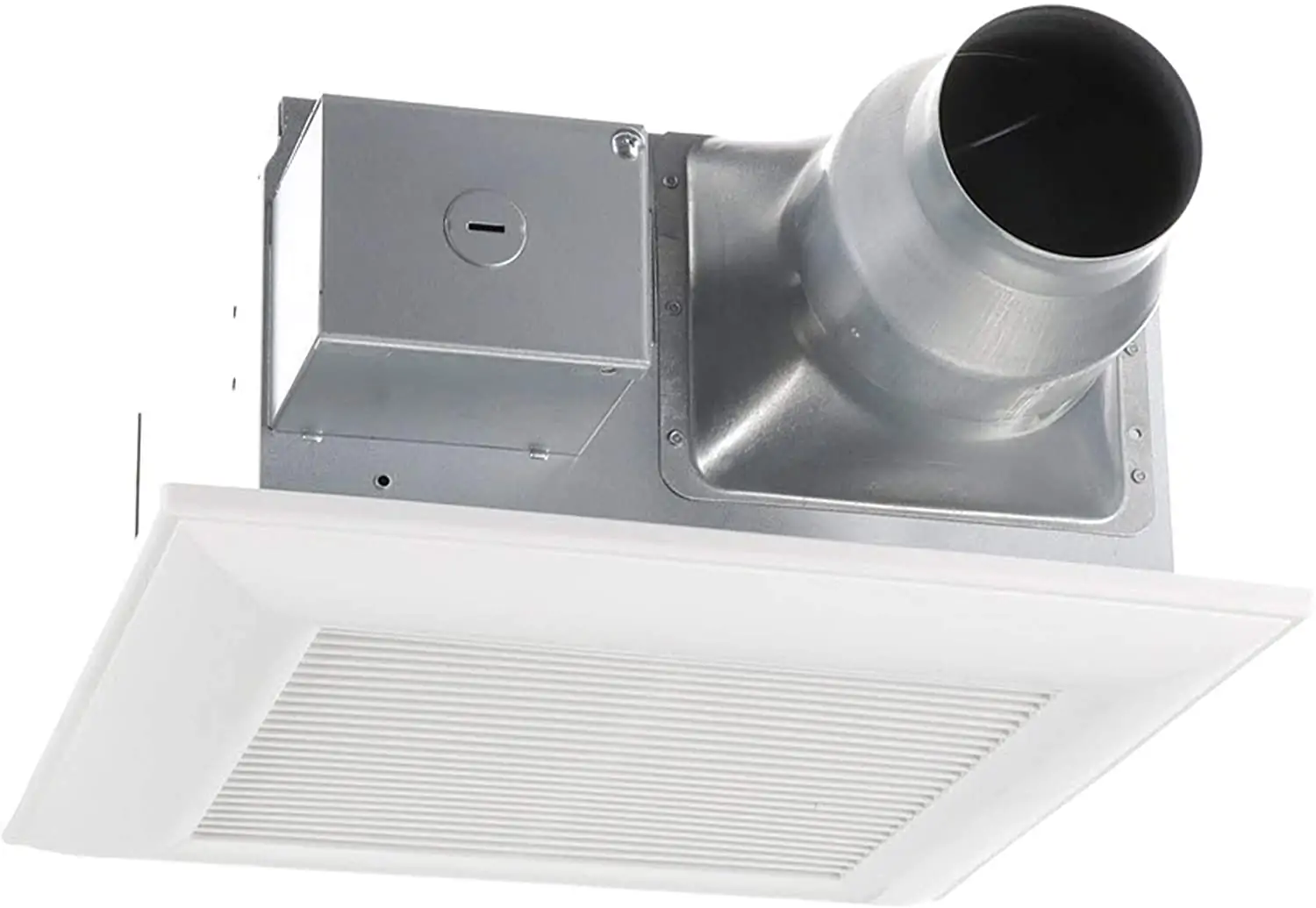
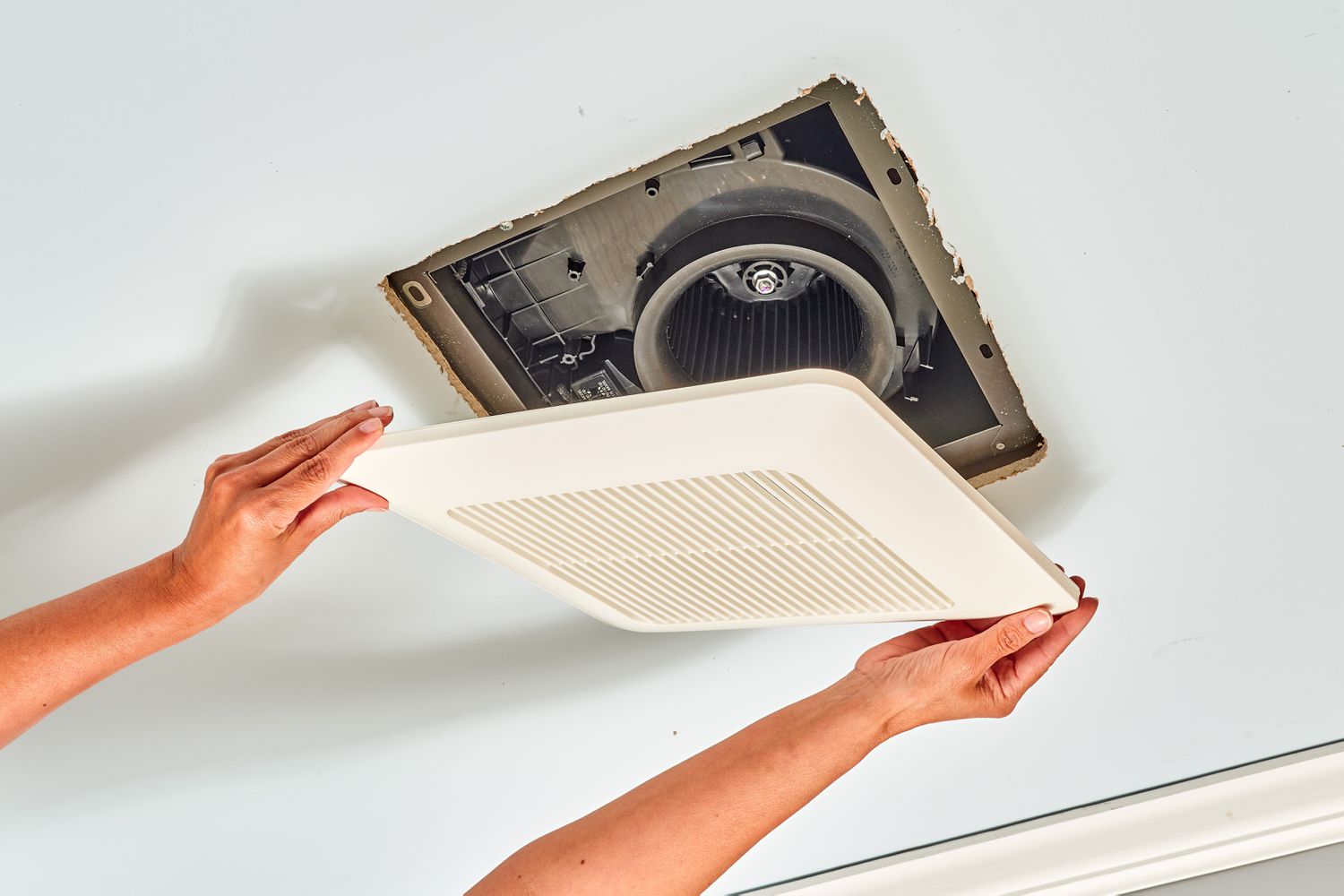
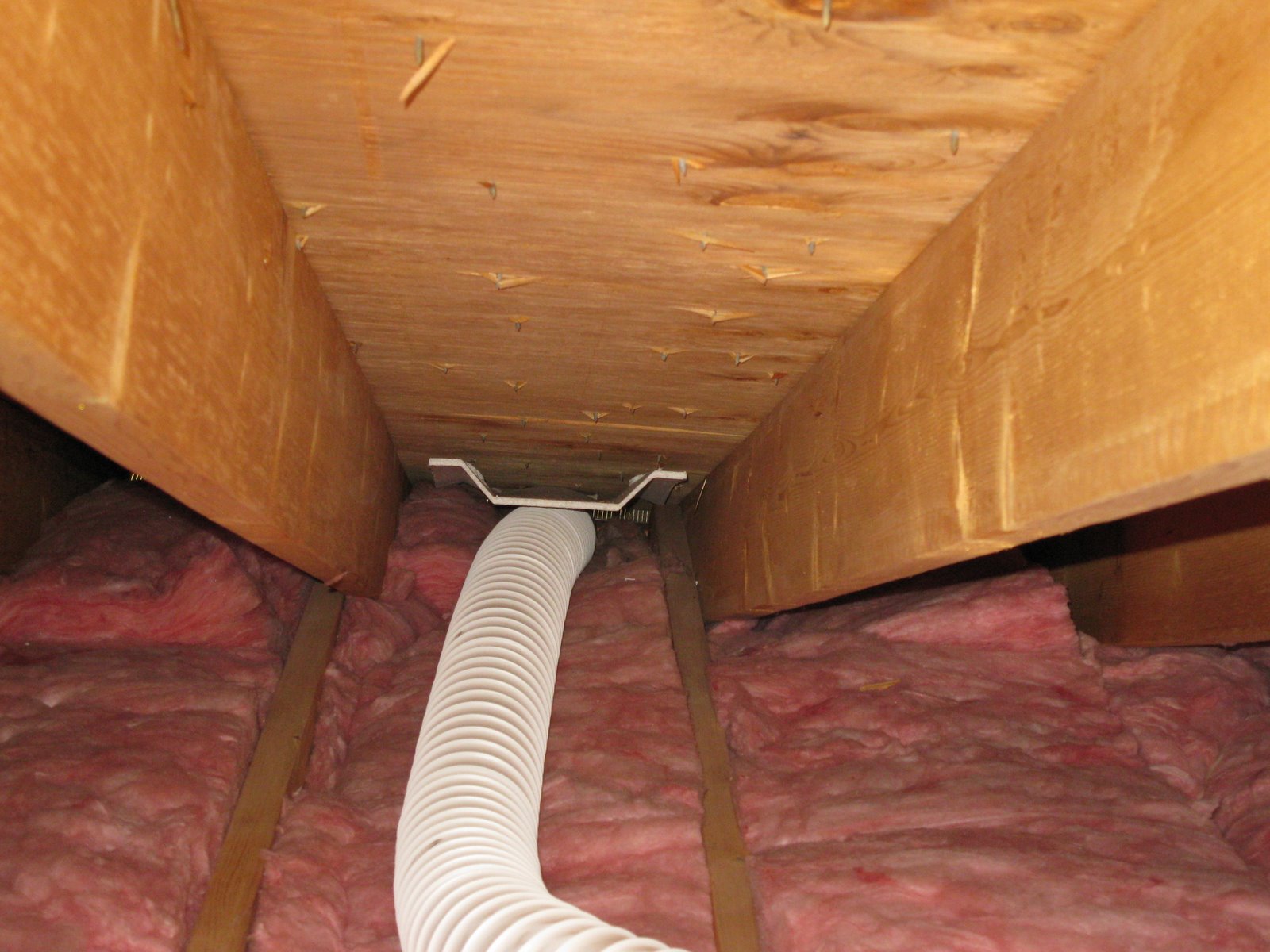
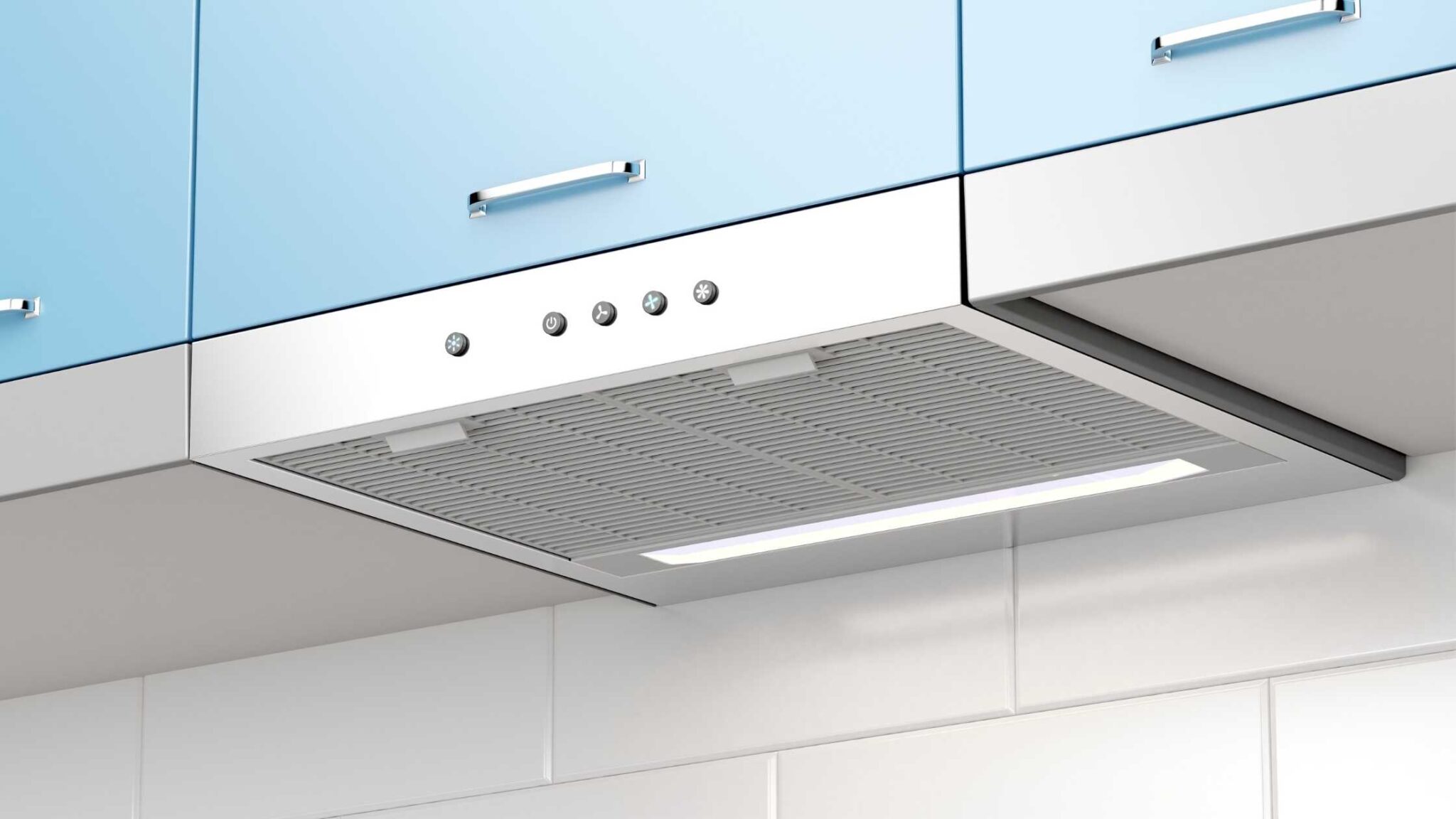
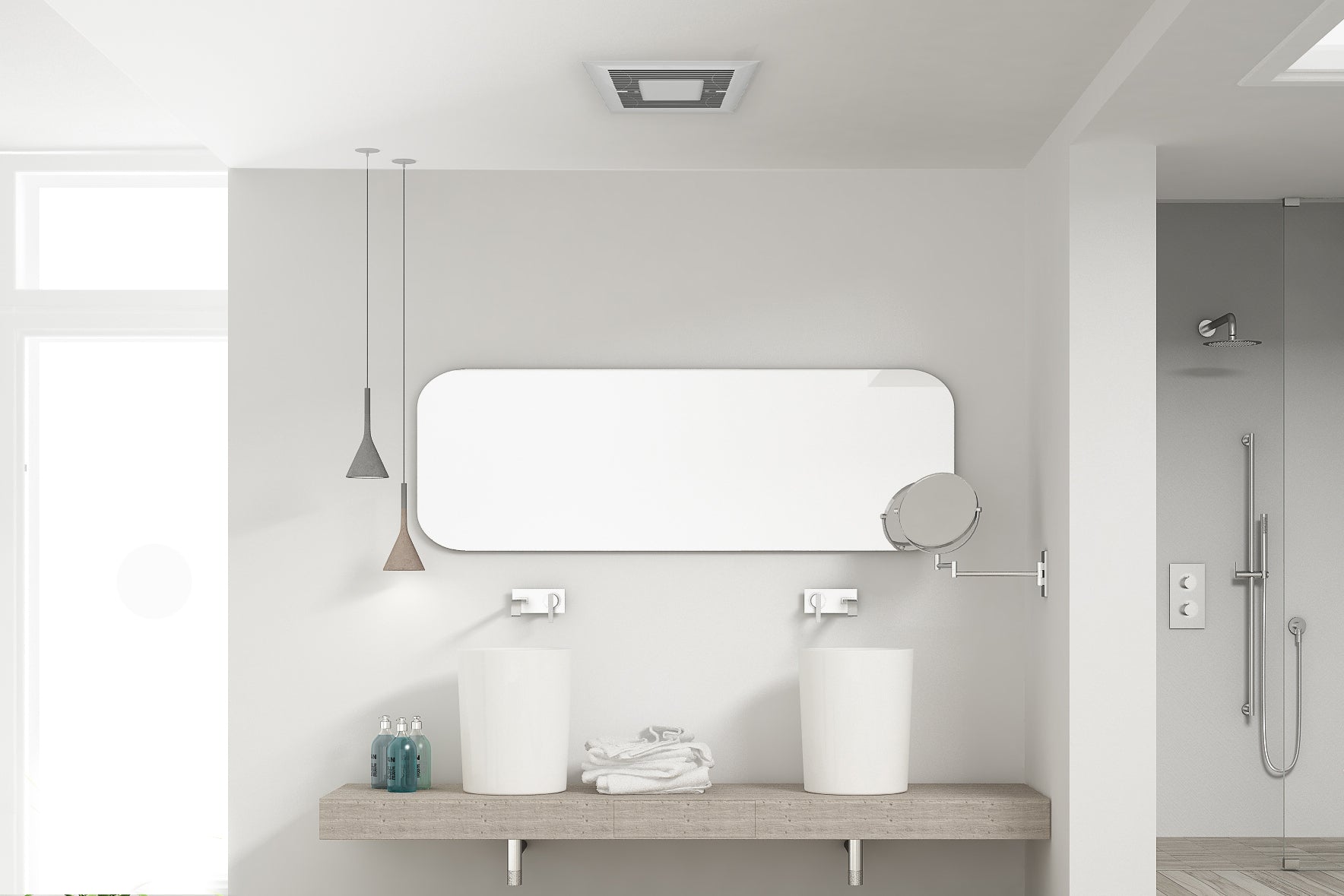
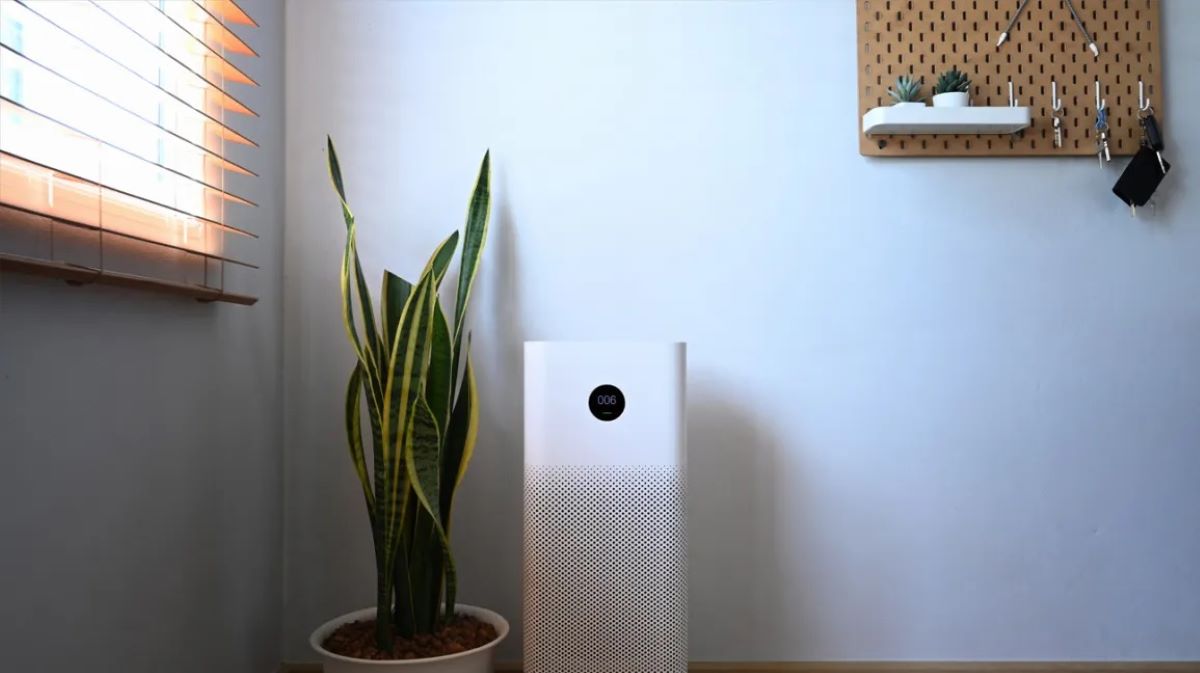
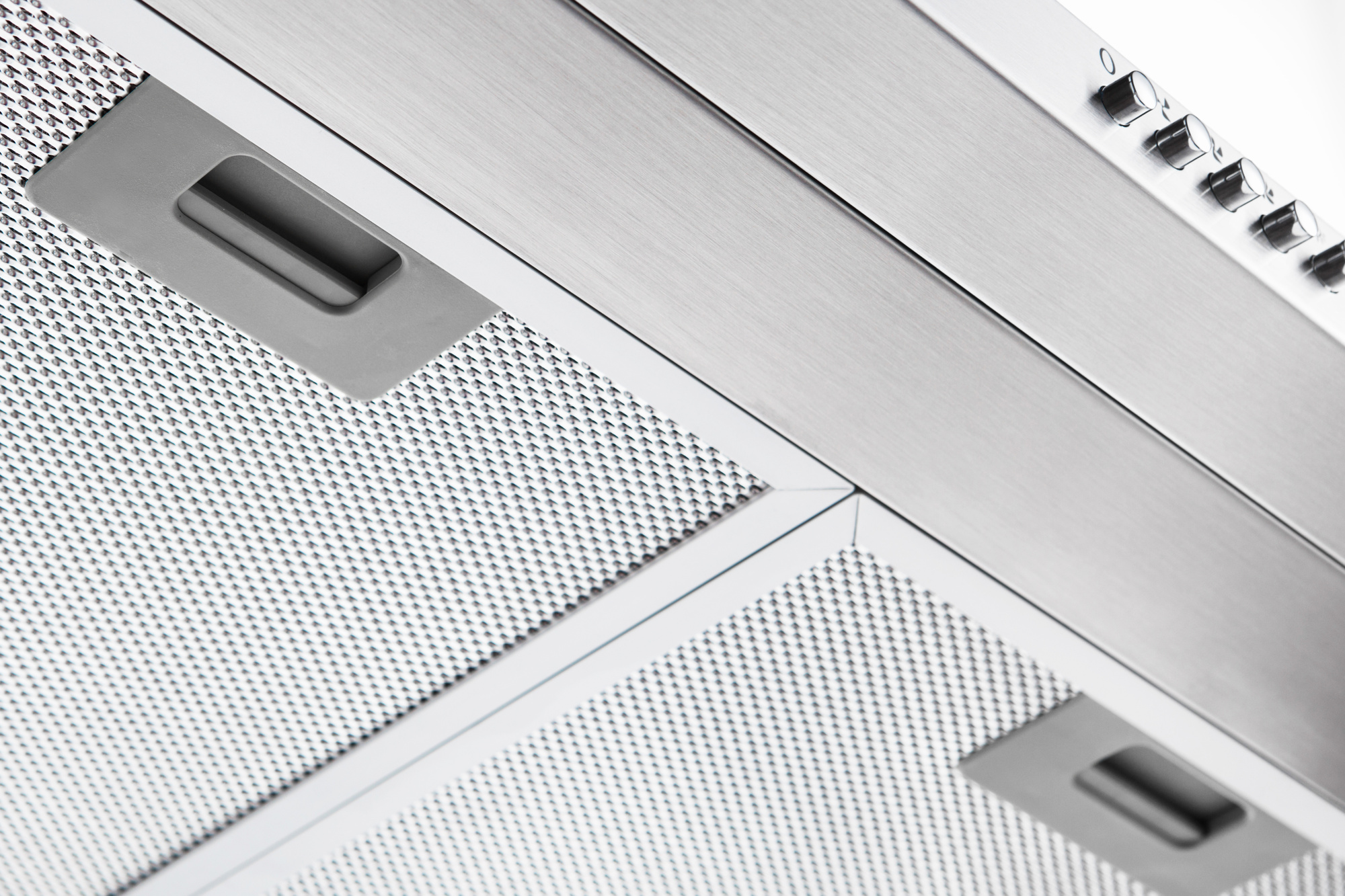
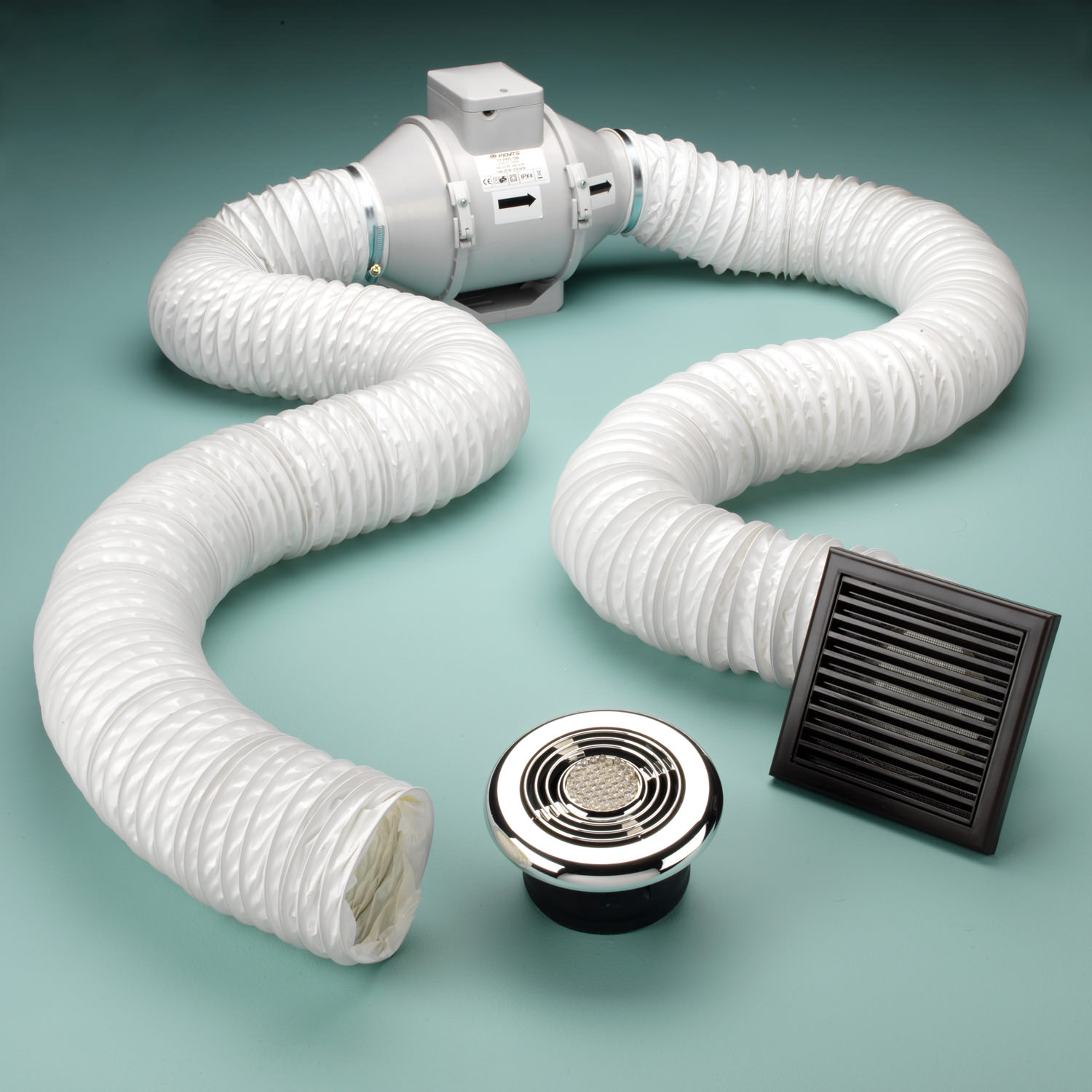
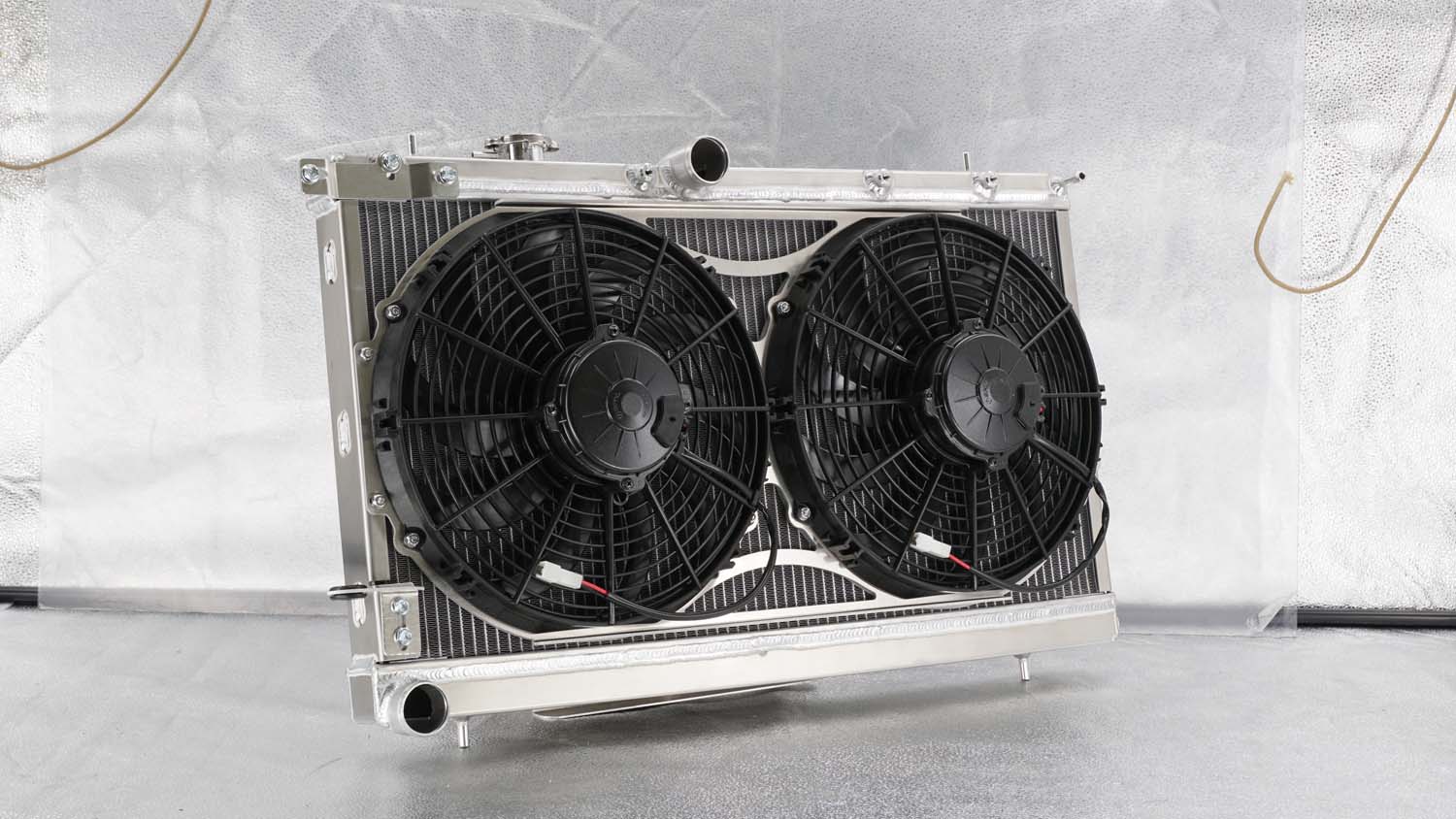
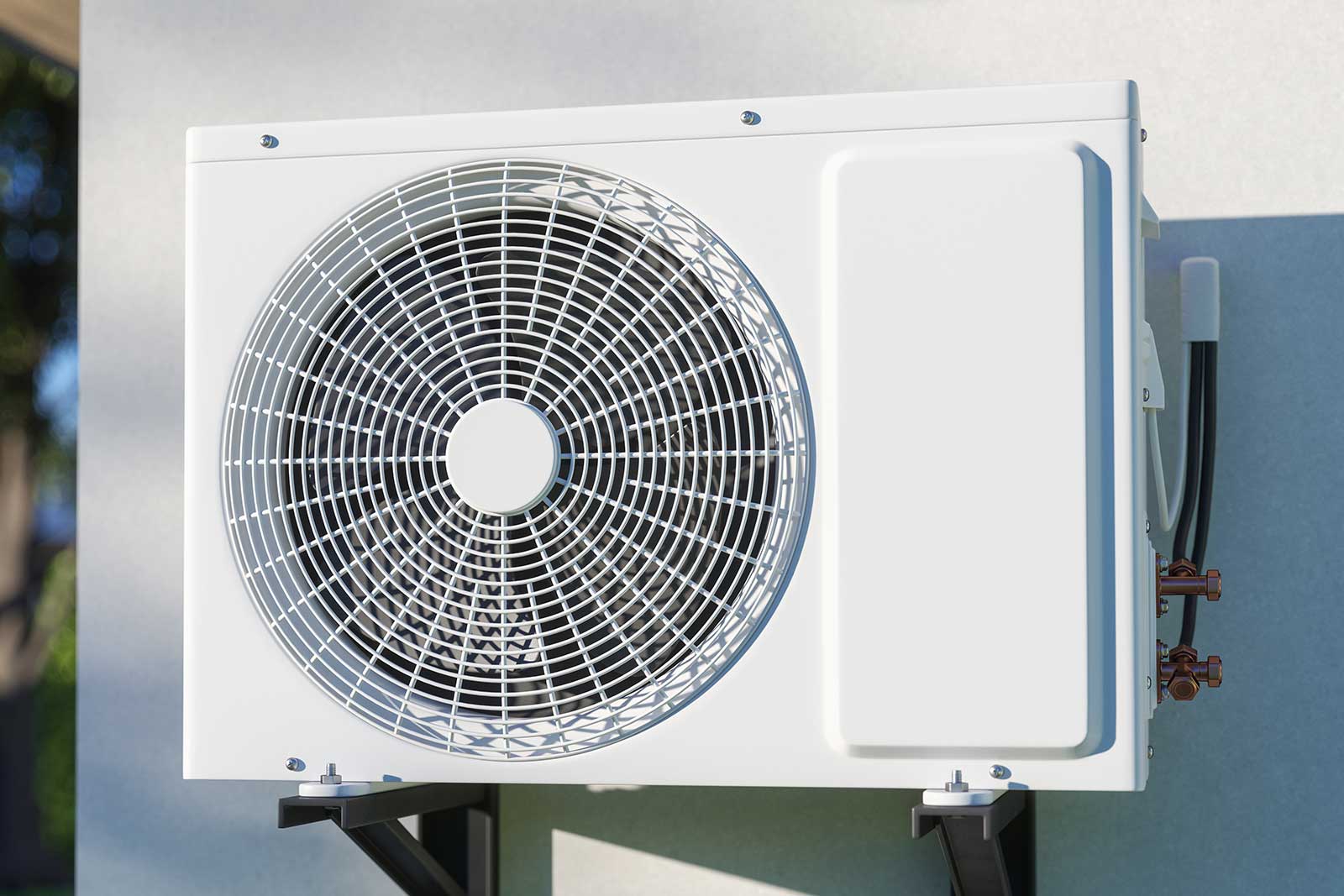
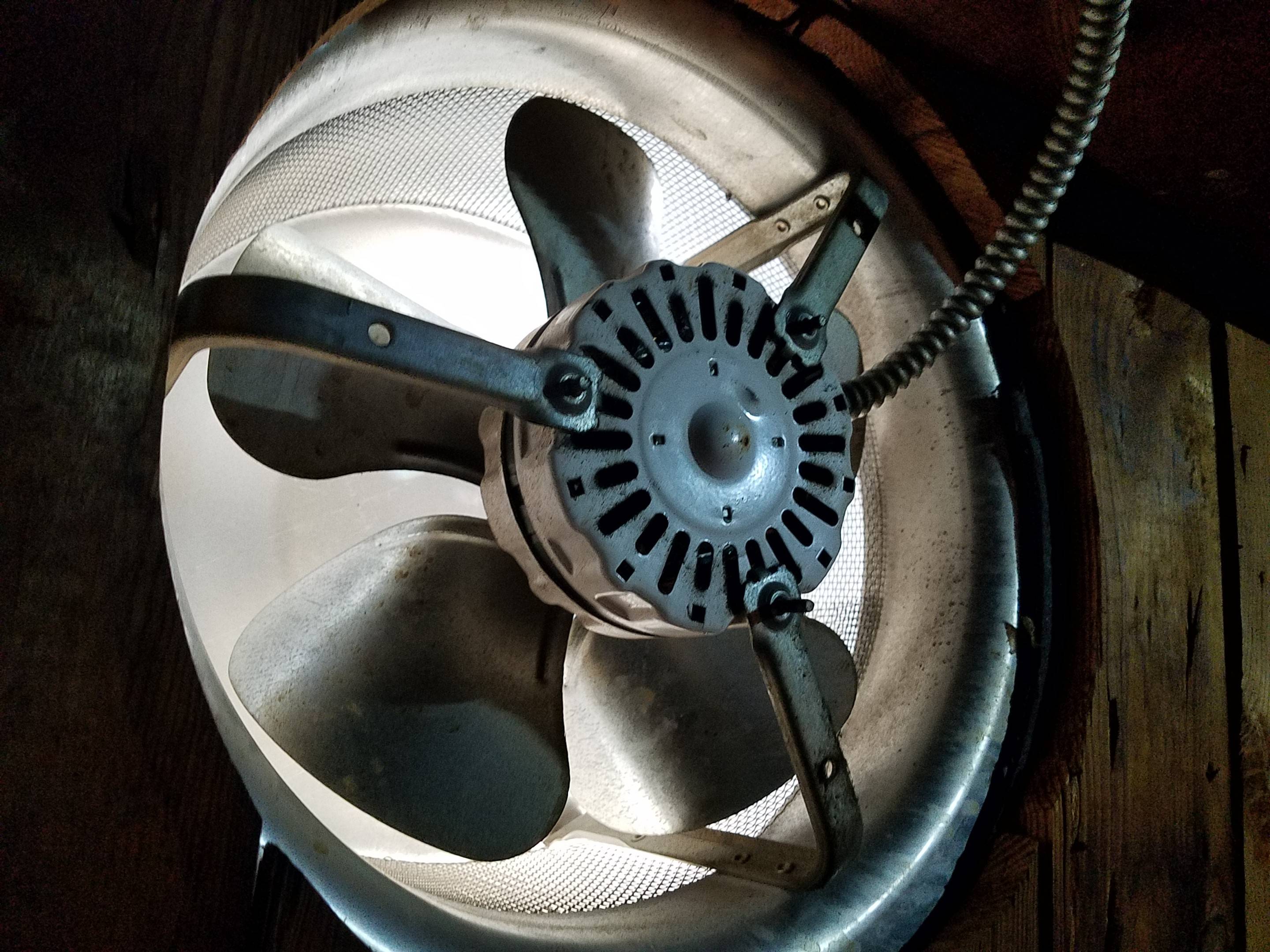

0 thoughts on “What Does An Exhaust Fan Do In The Kitchen”